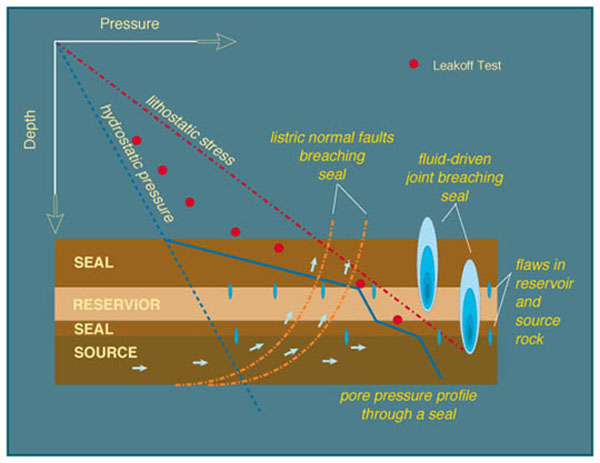











These files were saved in a Rich Text Format (rtf). Once you have downloaded the file you can view a file on your computer using any word processor application that can read rft, or just print out the file for whatever purpose you might have.
Select downloadable documents from the table below.
| File Content | File to Download |
| Component 1: Pore Pressure | ref01.rtf |
| Component 2: Hydrocrabon Column Depth & Height | ref02.rtf |
| Component 3: Tectonic Configuration of Basin | ref03.rtf |
| Component 4: Lithology | ref04.rtf |
| Component 5: Poroelasticity | ref05.rtf |
| Component 6: Size of Flaws | ref06.rtf |
| Component 7: Nature of Flaws | ref07.rtf |
| Component 8: Shape of Flaws | ref08.rtf |
| Component 9: Fracture Toughness | ref09.rtf |